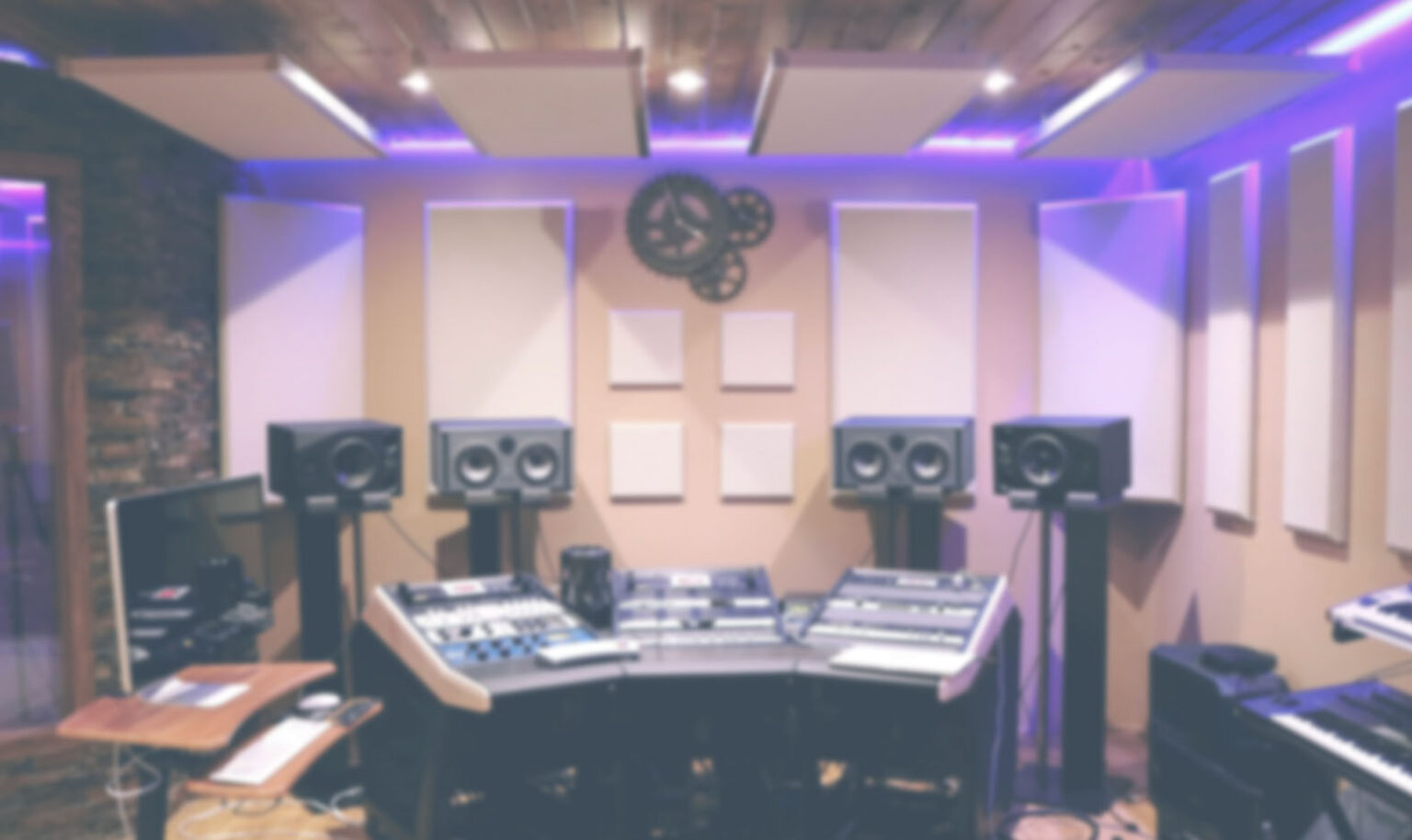Szanowni Państwo,
W imieniu Katedry Akustyki UAM oraz Sekcji Akustyki Środowiska Komitetu Akustyki PAN pragnę zaprosić Państwa do wysłuchania wykładu Catherine Marquis-Favre „Enhancement of noise annoyance models: annoyance assessed under controlled conditions and its modeling tested using in-field data”, który odbędzie się w dniu 23 lutego o godz. 11.30 (w formie zdalnej).
Uprzejmie proszę o przyjęcie tego zaproszenia oraz zainteresowania tym wydarzeniem swoich współpracowników, kolegów, doktorantów i magistrantów.
W załączeniu przesyłam krótkie streszczenie wykładu.
Jednocześnie, chciałbym Państwa zaprosić do zapoznania się z poprzednimi wykładami, które są dostępne naszym kanale youtube: https://www.youtube.com/channel/UC5ZE8qCMzr_ndhpcG3lpiIg
Gorąco zachęcam Państwa do podjęcia współpracy naukowej. Dysponujemy ogromnym i bogatym zapleczem badawczym. Ponadto, jako Uczelnia Badawcza – jedna z dziesięciu Uczelni w Polsce – dysponujemy wieloma możliwościami finansowania badań oraz pobytu w naszym ośrodku. W przypadku zainteresowania – uprzejmie proszę o kontakt bezpośredni ze mną. Studentów zachęcam do podjęcia studiów w naszej Szkole Doktorskiej. W tym przypadku – również proszę o bezpośredni kontakt.
Pozdrawiam,
Prof. UAM dr hab. Roman Gołębiewski
Dziekan Wydziału Fizyki
Catherine MARQUIS-FAVRE is senior researcher (PhD, HDR) in acoustics at ENTPE, member of the University of Lyon and funded by the French Ministry of Ecology.
Her research in the field of psychoacoustics deals with the effects of noise on humans, such as noise annoyance, in situations of single exposure or multiple noise source exposure or co-exposure (e.g. sound and vibration exposures).
She has been involved in session organizations for national and international congresses. Scientific leader of a regional group of the French Acoustical Society (SFA), she was member of the board of this society. She is member of the Steering Committee of the Lyon acoustics centre (CeLyA) and of the International master of Sciences in Acoustics of the University of Lyon.
Abstract:
Enhancement of noise annoyance models: annoyance assessed under controlled conditions and its modeling tested using in-field data Catherine Marquis-Favre Univ Lyon, ENTPE, LTDS UMR 5513, 3 rue M. Audin, 69518 Vaulx-en-Velin, France Noise pollution affects health and well-being of people living in urban areas. For European cities of more than 100,000 inhabitants, strategic noise maps represent noise exposure to each transportation noise source using the index Lden, the day-evening-night level. This index is also used in exposure-effect relationships to account for transportation noise annoyance felt by people at home. But different literature findings show that Lden may be not sufficient to characterize noise annoyance. Indeed, noise annoyance is influenced by various acoustical and non-acoustical factors. Thus, noise annoyance model enhancement is needed. Different studies from the literature are carried out under controlled conditions to understand some influential factors. This requires noise annoyance assessment in laboratory conditions. To that end, two main methods exist in the literature: one with imaginary context, and one with simulated context. The method with imaginary context is often questioned as participants listen to noise sequences. First the current study presents a comparison of results obtained from experiments dealing with annoyance assessment with imaginary and simulated contexts. The comparison revealed that noise annoyance models, respectively built with imaginary and simulated contexts, provided similar prediction quality when these models were tested using noise annoyance responses gathered in field during a socio-acoustic survey. Thus, the laboratory method with imaginary context seems to be as suitable as the method with simulated context to assess annoyance in laboratory conditions. Secondly, the study presents a potential improvement of noise annoyance models and their testing using in-field noise annoyance responses. Noise annoyance models were built from data collected under controlled conditions. They were based on mean sound pressure level and noise sensitivity which is one of the most influential non-acoustical factors. These models were tested using in-field data from a socio-acoustic survey. The survey was conducted in urban areas and dealt with annoyance due to combined road traffic and aircraft noise sources. Results of the testing showed that these models using noise sensitivity and Lden better predicted both partial and total annoyances in comparison with models solely based on Lden. The testing also revealed the benefit of perceptual total annoyance models using predicted partial annoyance responses compared to psychophysical total annoyance models.
image attribution: City photo created by tawatchai07 – www.freepik.com


